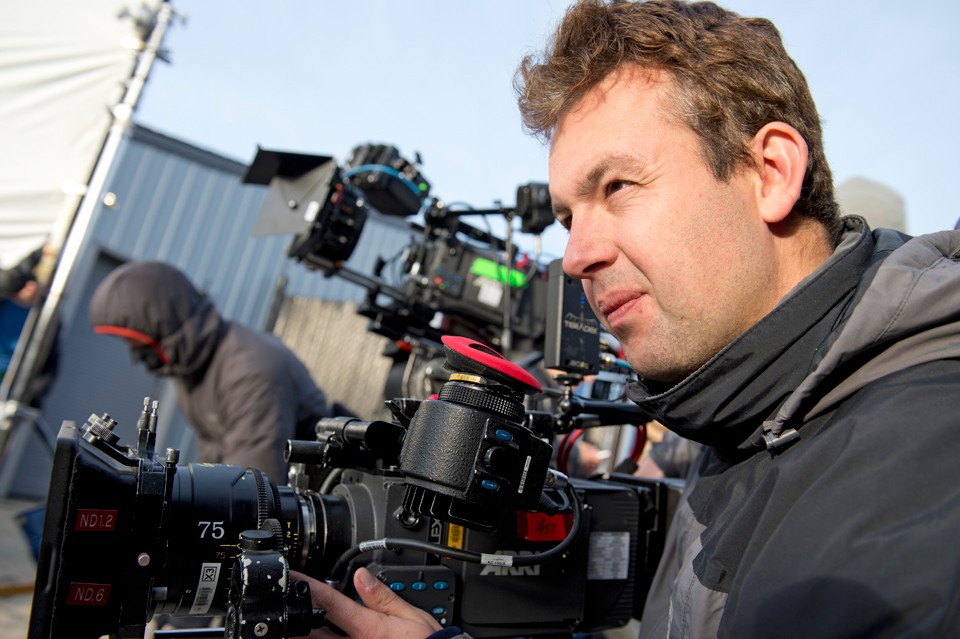We were lucky to catch up with Filip Vandewal recently and have shared our conversation below.
Filip, thanks for taking the time to share your stories with us today Have you been able to earn a full-time living from your creative work? If so, can you walk us through your journey and how you made it happen? Was it like that from day one? If not, what were some of the major steps and milestones and do you think you could have sped up the process somehow knowing what you know now?
I’ve been able to make a living as a cinematographer probably about 1 year after I graduated film school. I got my break after one of the first short films I shot was nominated for the Golden Palm at the Cannes Film Festival. This quickly led to shooting my first feature-length film and commercials for international brands. All this was when I was still living in Brussels, Belgium. My career was going well and in 2009 I got the opportunity to work in Los Angeles, and I took the chance and been living and working ever since in the US. As has every creative career. It has its ups and downs. There are periods when you are overloaded with work and there are periods when you think your career has ended, because nobody gives you a call for the next movie or commercial. Luckily the good periods are definitely outweighing the ‘not-so-good’ times and I’m fortunate to be able to make a decent living doing what I love to do, shooting movies, commercials and in the last few years also TV-shows.
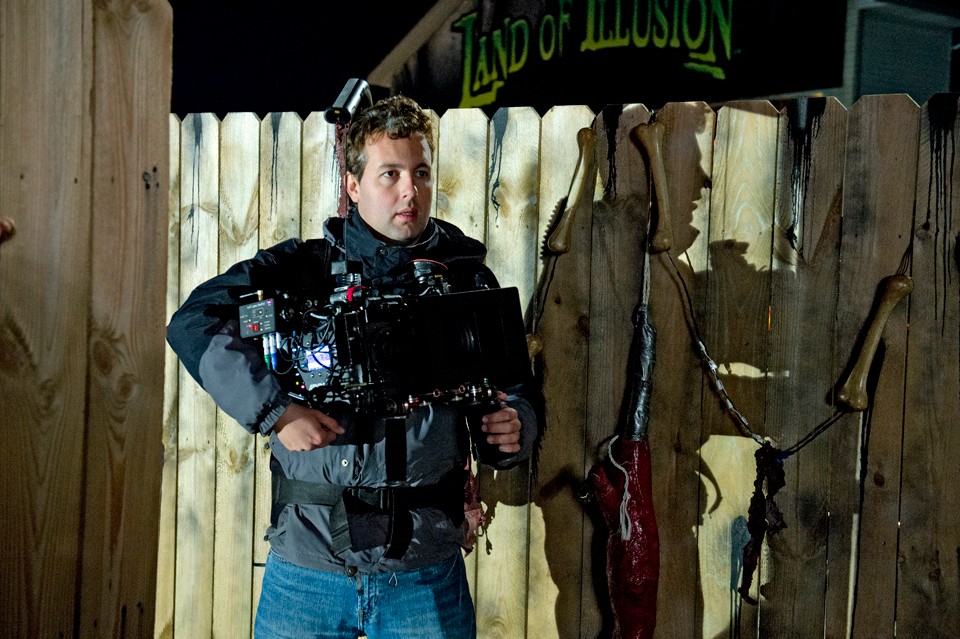
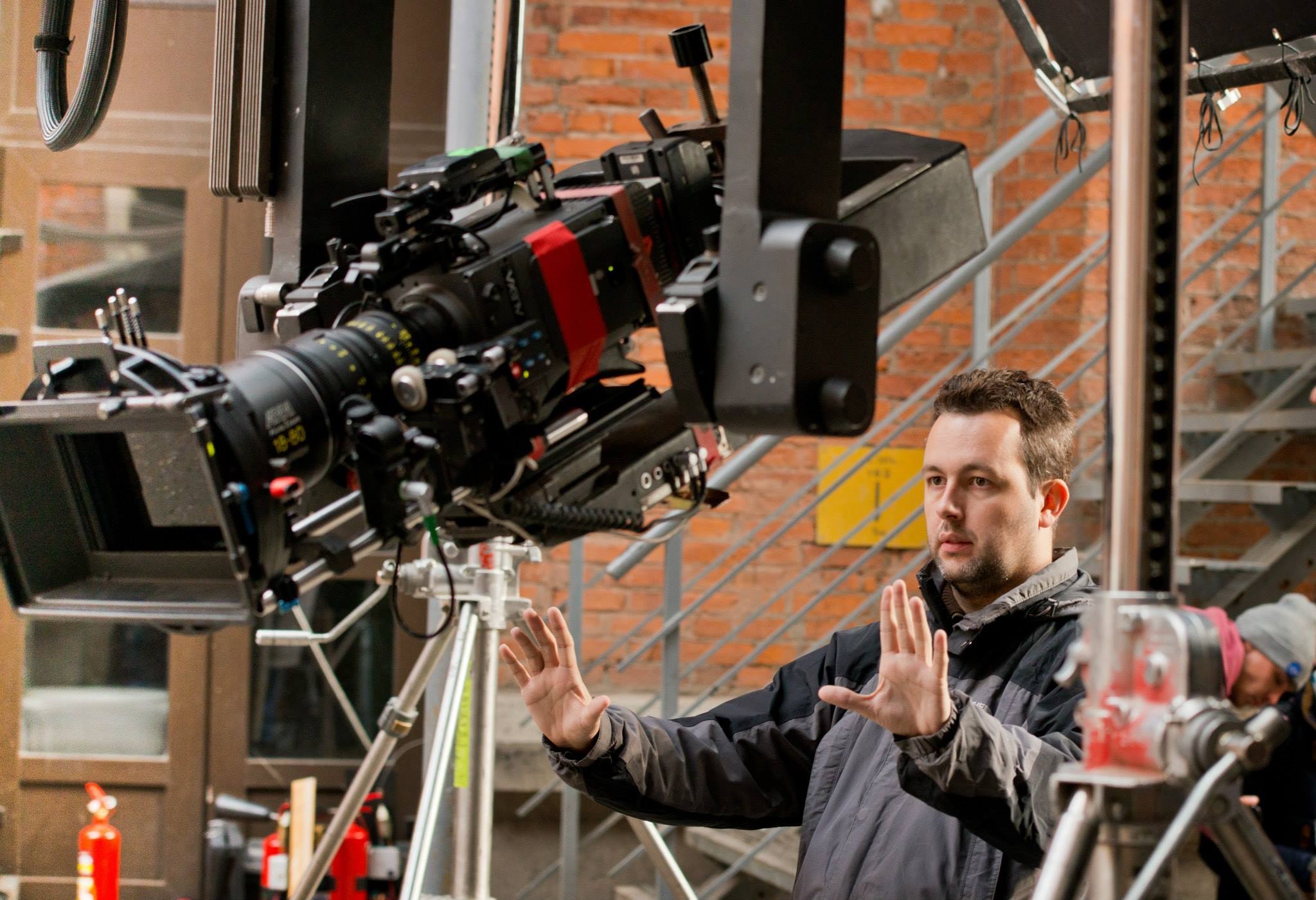

Great, appreciate you sharing that with us. Before we ask you to share more of your insights, can you take a moment to introduce yourself and how you got to where you are today to our readers.
As I mentioned before, I broke into the film industry after a short film I shot, called “Moonglow”, was nominated for the Golden Palm at the Cannes International Film Festival. and the next year I shot my first feature film when I just turned 24. This started my international career that brought me to the US, where I shot the Netflix original ‘The Open House’, starring Dylan Minette, and more recently ‘The Re-education of Molly Singer’ which was a top-10 Netflix hit in February. I also shot movies for the Russian and Armenian Market, which all proved to be number one box-office successes in their countries.
As a cinematographer I’m known by the directors and producers I work for to be extremely fast, while also being very production friendly. I really try to balance what the director wants to achieve, what the producers want to spend and what the story needs. Being quick at what you do, makes for some happy directors who have now more time to spend with the cast and are able to shoot more takes. Which in its turn gives the editor more options to choose from to put a good movie together.
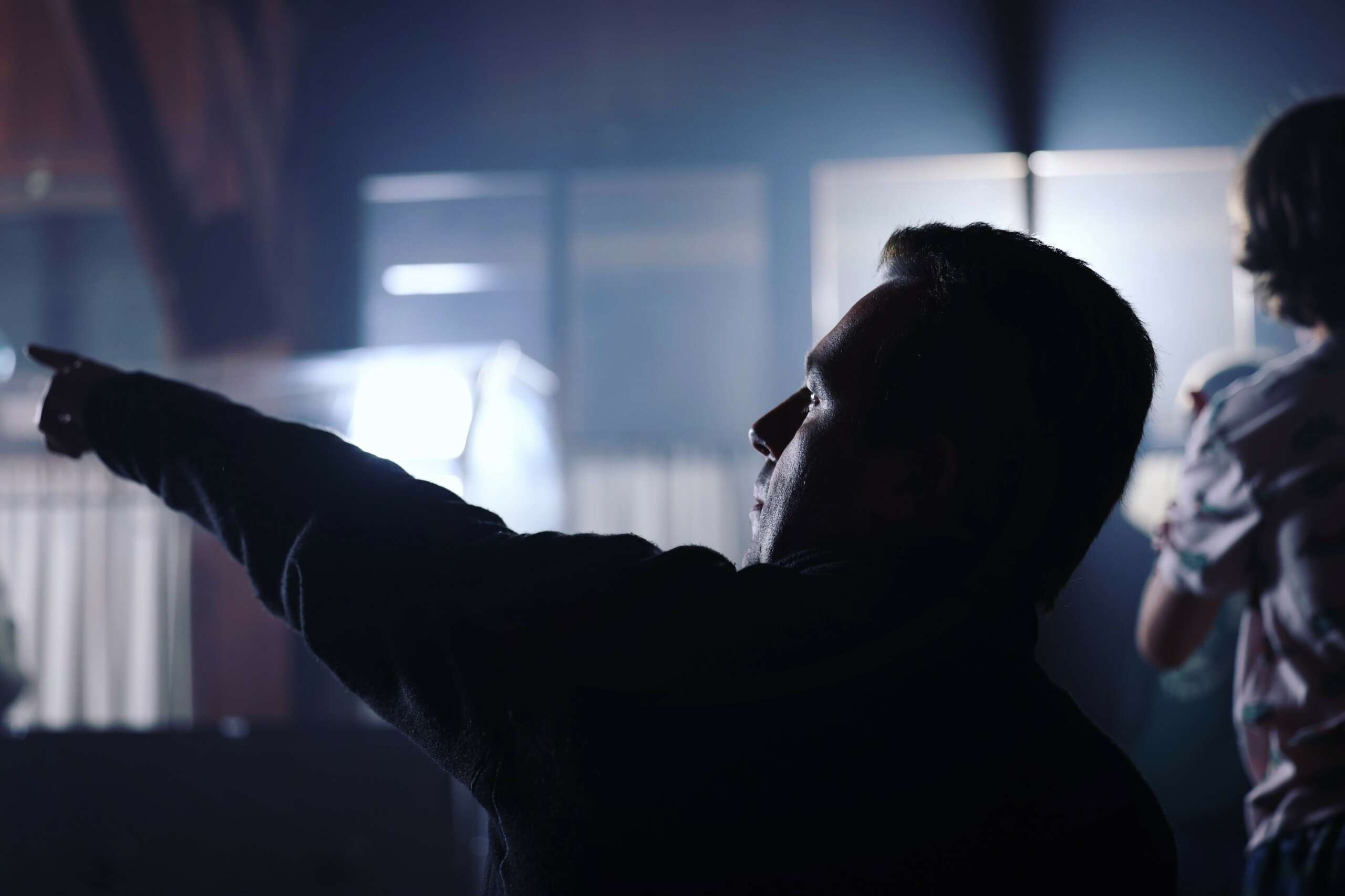
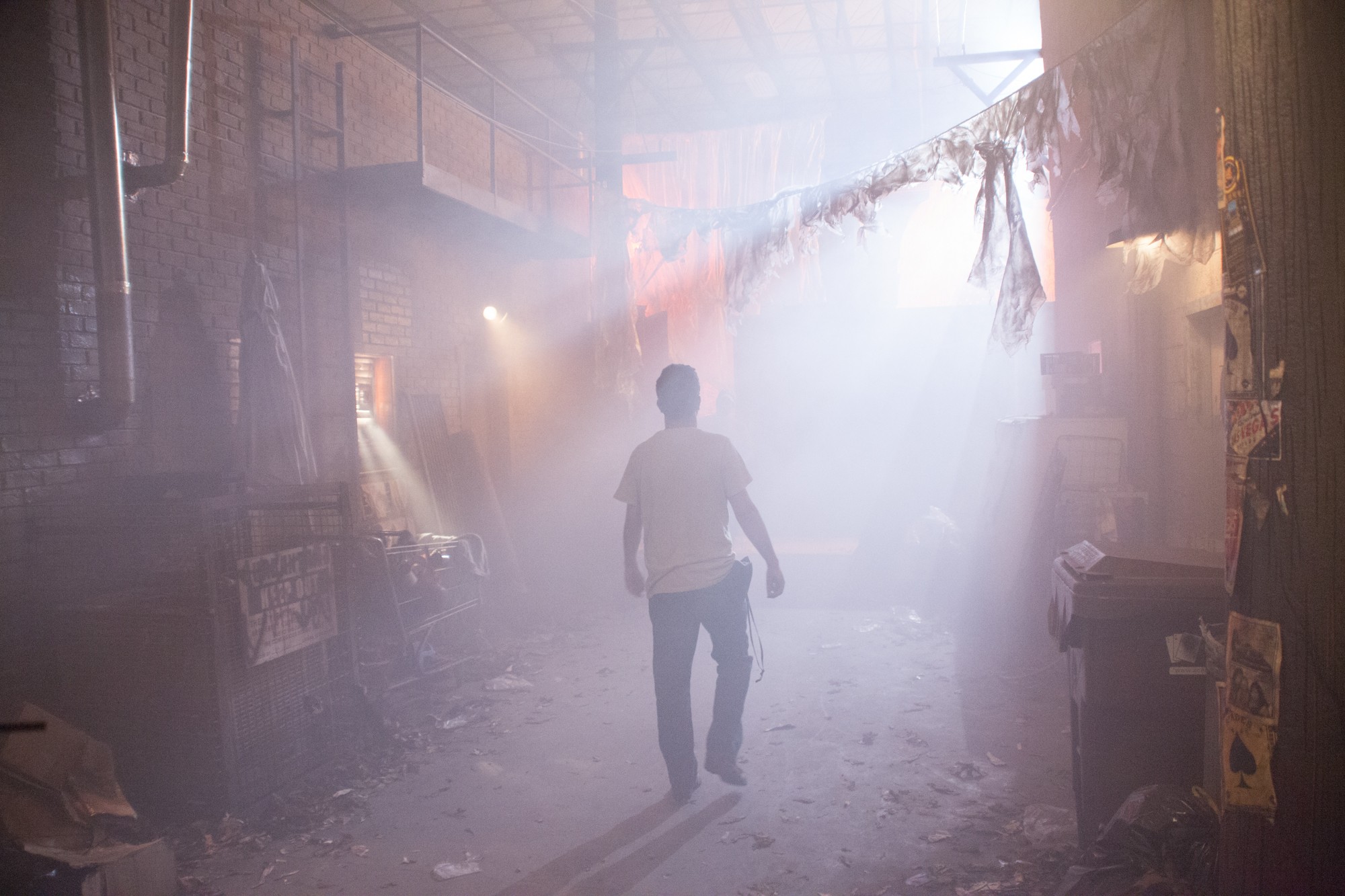
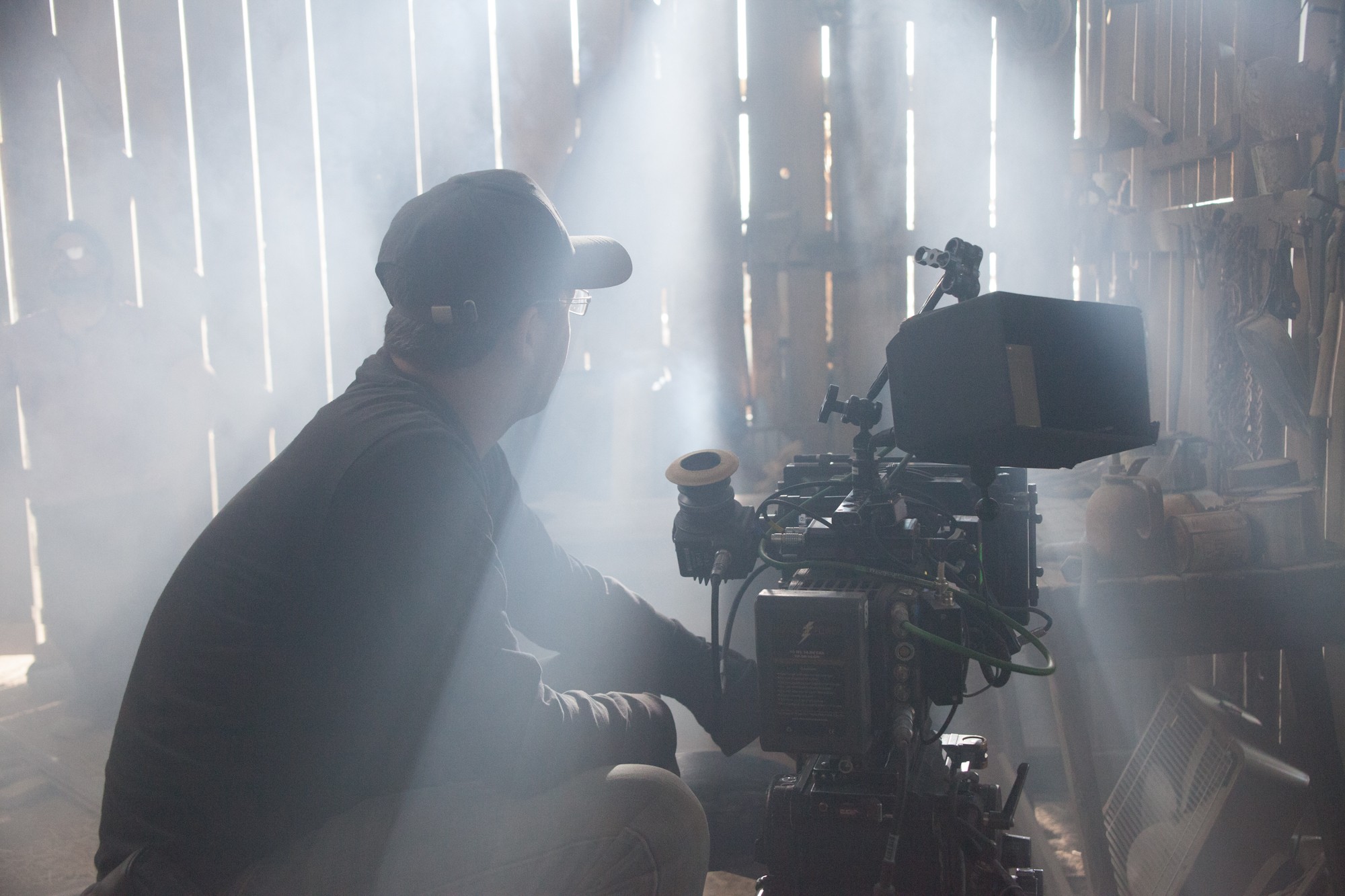
For you, what’s the most rewarding aspect of being a creative?
There are two things that come to mind when answering this question: On one hand, I’m a creative person, and doing what I love while I’m creating moving images to tell a story is satisfying on its own. But having an audience also appreciating the movies you work on enhances this satisfaction and makes it really rewarding. I can’t see myself doing anything else than what I do know.
I’ve been asked to direct small things, but as I was doing it, I felt that I was just more focused on creating shots than talking to the actors. This made me realize that being a cinematographer is my calling.

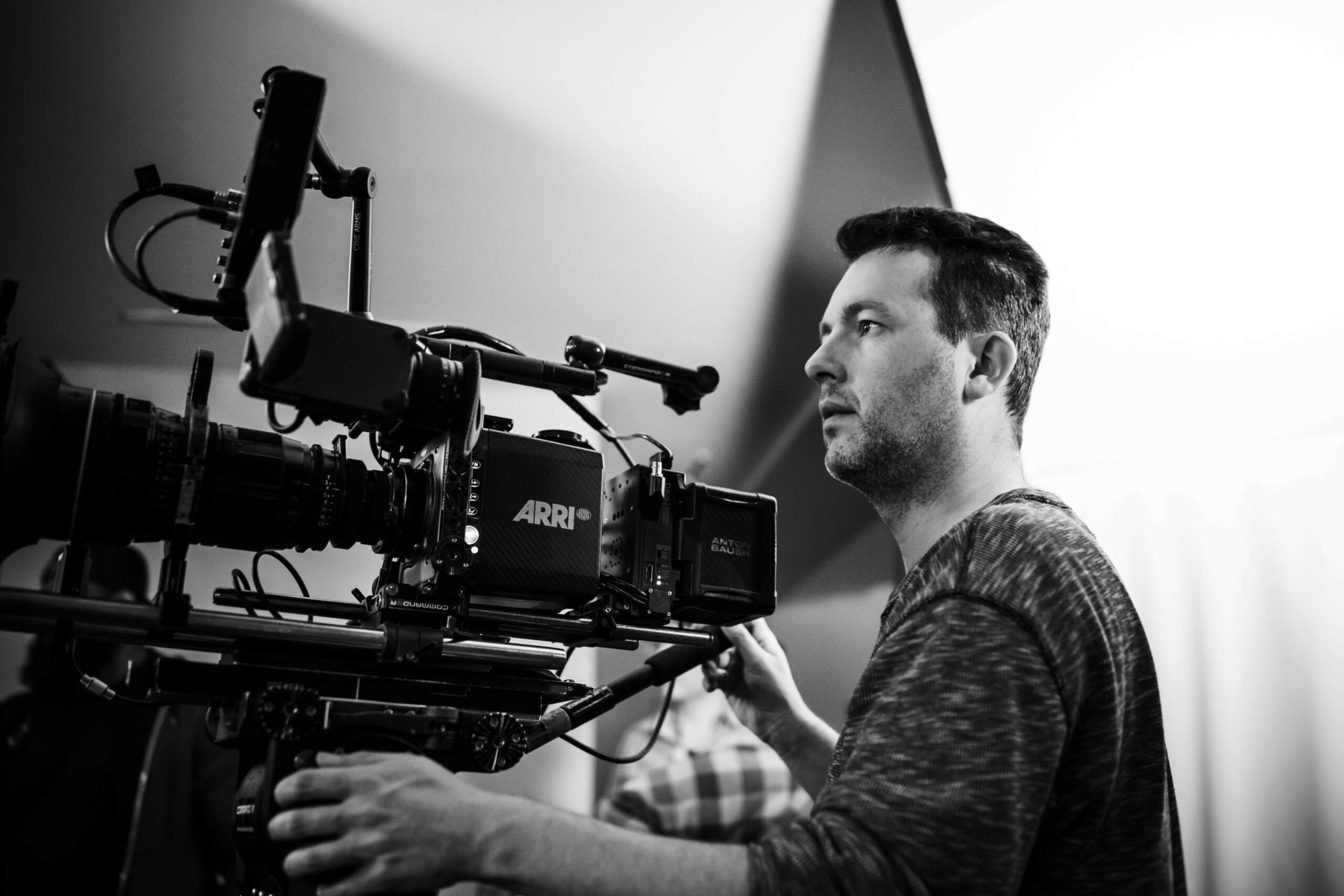
Learning and unlearning are both critical parts of growth – can you share a story of a time when you had to unlearn a lesson?
When I moved from Belgium to Los Angeles in 2009 I had this belief that Hollywood was this machine where actors, directors and other creatives use money from wealthy investors or studios to make their movies or art and then distribute it to make a living. How naive was I ;-) Very quickly I came to the understanding that the word ‘Business’ in the film business is not there for nothing. the film business or entertainment business in general really comes down to business people using artists, actors, directors, etc… to make money for them. And as an artist or creative you need to find your place in this system. A big part of our job is to make people with the money to understand what works and what doesn’t work on screen. Their mindset and sensitivities are very different, much more mathematical and calculated. Meaning if I put x amount of dollars towards an actor or a location, the return should be Y dollars. This works well in trading goods or building houses. But the success of the product they want to invest in – if you can call a movie that – is all based on the emotional impact it has on an audience and that starts with good and meaningful stories and is much more nuanced and taps into a whole different part of a person and sensibilities to be successful.
Contact Info:
- Website: www.filipvandewal.com
- Instagram: filipvandewal_sbc
- Facebook: www.facebook.com/filip.vandewal
- Other: IDMB: www.imdb.com/name/nm1743692/


